Watch Certification Standards: Master Chronometer vs. Superlative Chronometer and More
When you see the word “chronometer” written on a Swiss watch, that means its movement has been independently tested and certified to have passed an impressive series of tests. Most notably, it must keep accurate time–on average, it can’t lose more than four seconds or gain more than six seconds per day while being tested in various positions and temperatures. But the classic Swiss chronometer standard is over 50 years old now, and there are more stringent certifications these days. German chronometers are a thing, too! Here we’ll concisely compare several different standards, such as Master Chronometer, Superlative Chronometer, the Geneva Seal, and Patek Philippe’s own proprietary seal.
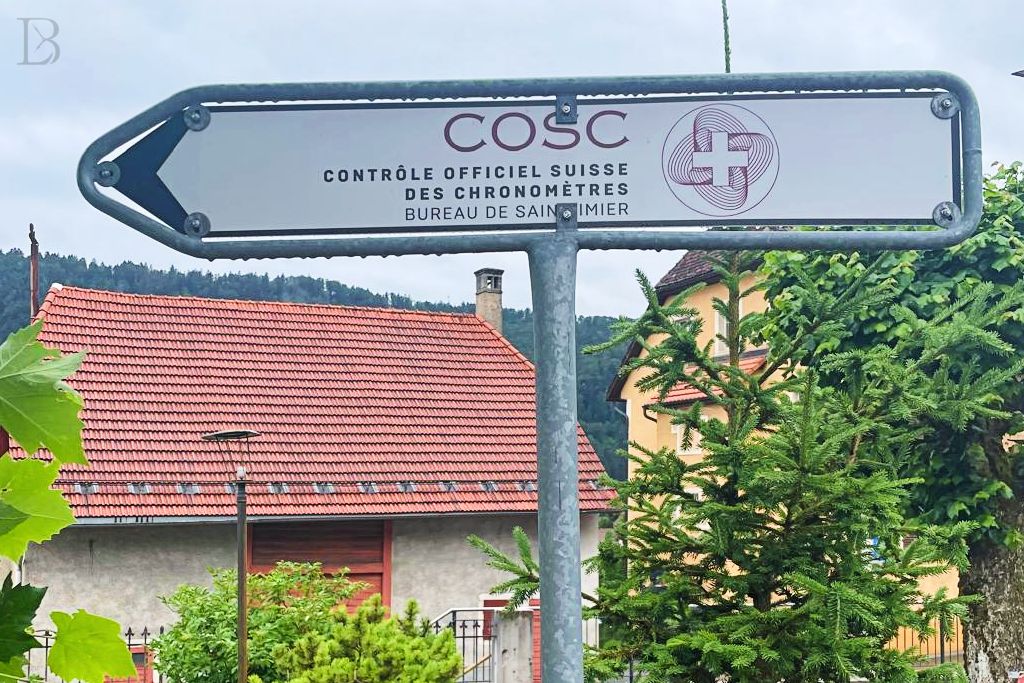
Chronometer and Seal Comparison Chart
| Specification | Chronometer (Swiss) | Master Chronometer | Superlative Chronometer | Geneva Seal | Patek Philippe Seal | Chronometer (German) |
|---|---|---|---|---|---|---|
| Certification Authority | Contrôle Officiel Suisse des Chronomètres (COSC) | Swiss Federal Institute of Metrology (METAS) | Rolex | Canton of Geneva | Patek Philippe | Glashütte Observatory (Wempe) |
| Year Established | 1973 | 2015 | 2015 | 1886 | 2009 | 2006 |
| Relevant Brands | Breitling, Omega, Rolex, numerous others | Omega, Tudor | Rolex | Vacheron Constantin, Cartier, Roger Dubuis | Patek Philippe | Glashütte Original, Wempe |
| Precision Requirement | -4/+6 seconds per day | 0/+5 seconds per day | -2/+2 seconds per day | -1/+1 minute per week | -3/+2 seconds per day | -4/+6 seconds per day |
| Testing Duration | 15 days | COSC test + 10 days | COSC test + unspecified internal testing | 7 days | Up to 50 days total | 15 days |
| Testing Conditions | 5 positions, 3 temperatures | 6 positions, 2 temperatures, magnetic resistance | 7 positions and “an exclusive methodology“ | Continually rotating then stopping in random positions | 6 positions | 5 positions, 3 temperatures |
| What is Tested | Movement performance | Cased watch performance | Cased watch performance | Cased watch craftmanship and performance | Cased watch craftmanship and performance | Cased watch performance |
| Additional Criteria | Swiss Made | Anti-magnetic to 15,000 Gauss | Pressure-tested 10% above stated water resistance | Assembled and regulated in the Canton of Geneva | Greatest positional deviation < 4 seconds per day, minimum 30m water resistance | Similar to COSC standards |
Origins of Watch Certification
The roots of modern watch certifications can all arguably be traced back to the Poinçon de Genève, or Geneva Seal. In the 19th century, the excellent reputation of Geneva’s watchmaking was threatened by unscrupulous manufacturers falsely claiming their products originated from the region. This prompted the local government to establish the Geneva Seal in 1886, which aimed to combat fraud by enforcing strict criteria for watch movements, ensuring that only those truly crafted in Geneva could bear the seal. Although some timekeeping criteria were added in 2011, the Geneva Seal is mostly about high finishing standards.
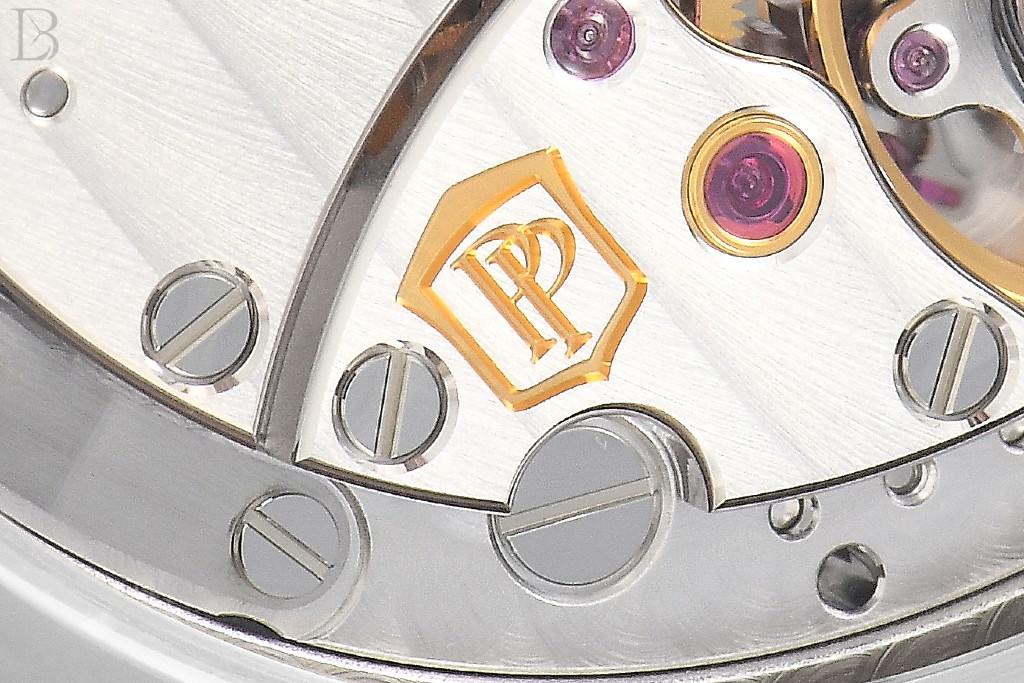
Patek Philippe was among the first to receive this certification, and their watches would go on to bear the Geneva Seal for over 120 years. But, Patek’s press release in 2009 announced their own proprietary seal. An internal committee known as the Comité du Poinçon Patek Philippe has been looking after the “Patek Philippe Seal” standards ever since.
Observatory Competitions
There’s a long history of timekeeping competitions being held at astronomical observatories. After all, before atomic clocks and computers, the astronomical basis of timekeeping was the definitive way to measure exact time. The first Geneva Observatory competition began in 1872, and the last one was in 1968–the year all seven of the most accurate mechanical watches submitted were made by Seiko.

The Neuchâtel Observatory carried the timekeeping competition torch for a while, but given the burgeoning quartz crisis and Seiko’s consistent successes, these Observatory timekeeping competitions weren’t really the celebration of Swiss watchmaking that they used to be. The Swiss seemed to realize that a standardized certification process would help their industry more than the competitions.
Birth of COSC
The Contrôle Officiel Suisse des Chronomètres (COSC), the official Swiss chronometer testing institute, was established in its current form in 1973. The nonprofit organization was founded by five Swiss cantons—Bern, Geneva, Neuchâtel, Solothurn, and Vaud—along with the Federation of the Swiss Watch Industry (FHS). Before the establishment of COSC, various independent laboratories existed, but the creation of COSC brought them together under a unified standard to serve the Swiss watch industry.
The COSC certification process involves testing watch movements over 15 days, in five positions and at three different temperatures. Less than half of exported Swiss mechanical watches (about 39%) receive this certification, which ensures that the movement runs within the now-famous “-4/+6 seconds per day” range on average. Quartz watches can be chronometers too, but they have to keep accurate time to within 25 seconds per year.
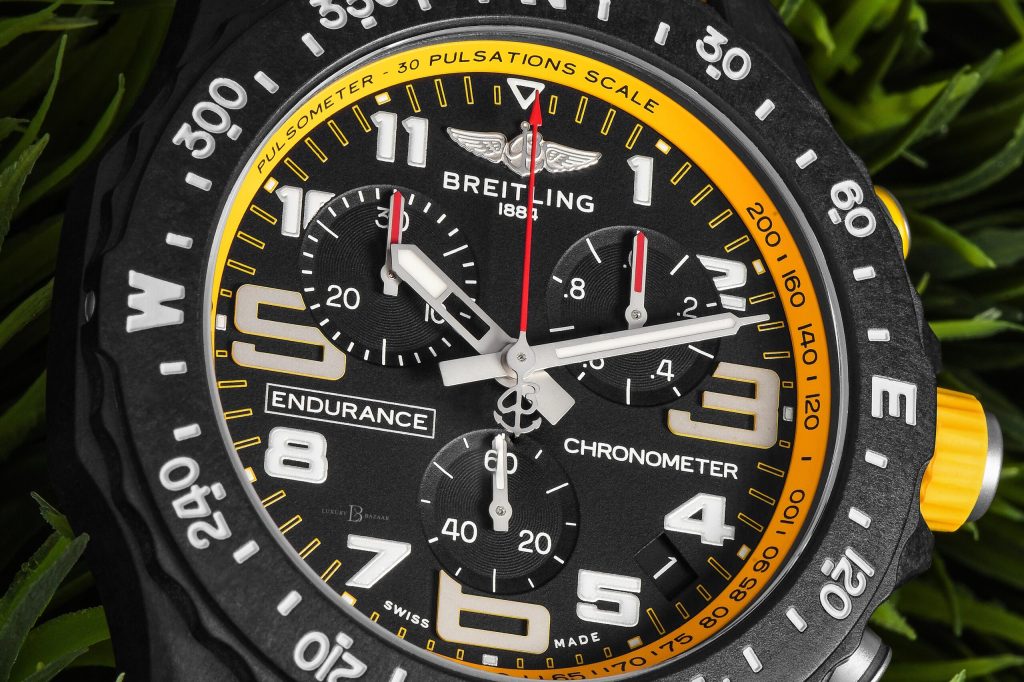
Only Swiss watches can be COSC-certified now, but there are a handful of very collectible vintage Seiko Chronometers out there. The Germans basically copied the same specs for their own chronometer standard, although they test full watches rather than naked movements.
COSC certification is still considered a mark of high precision and quality. And although it’s not the highest mark anymore, two of the most stringent standards–Rolex’s Superlative Chronometer and METAS’s Master Chronometer–require COSC certification as a prerequisite.
Master Chronometer vs Superlative Chronometer and Other Newer Standards
Omega has been trying to go upmarket in recent years, and becoming the first watches to achieve “Master Chronometer” certification in 2015 was certainly a noteworthy achievement. This standard is operated by the Swiss Federal Institute of Metrology (METAS) rather than COSC. Not only do these watches need to gain between 0-5 seconds per day, but they also need to be able to withstand magnetic fields of 15,000 gauss. That made the 1,000-gauss resistance of the Rolex Milgauss look a bit silly, which might be why it was eventually discontinued.
But Rolex would soon troll Omega hard. Later that same year, they unveiled their own “superlative chronometer standard” which just happened to have a slightly tighter timekeeping tolerance (-2/+2 seconds per day). That was odd, because Rolex had already been stamping “Superlative Chronometer” on watches for almost 60 years at that point…and “superlative” had never actually meant anything before. But now it does!
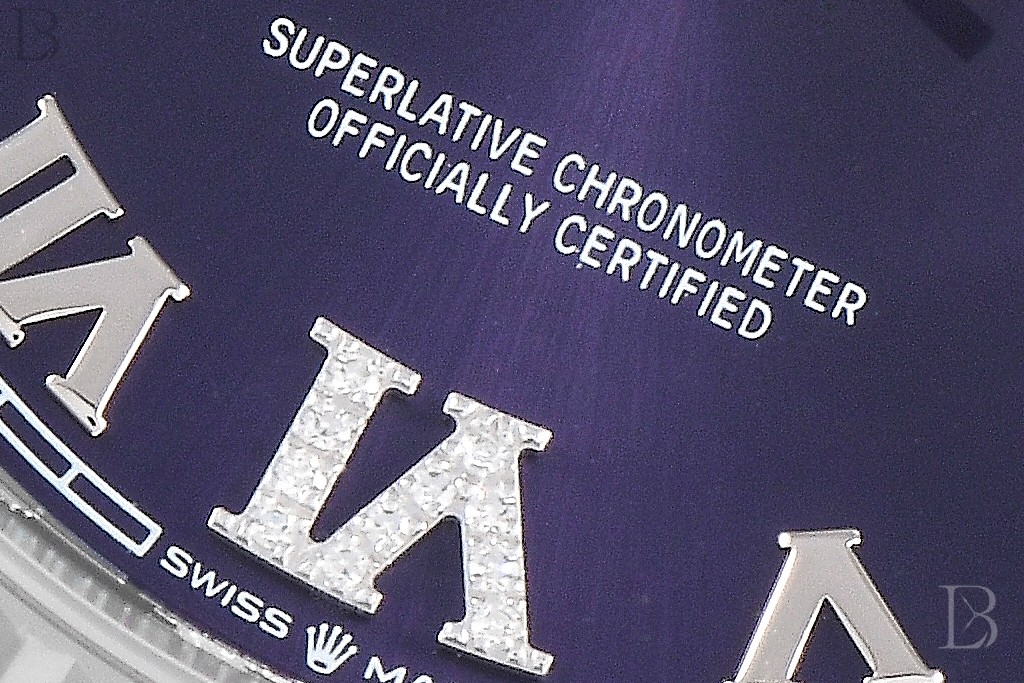
And not only that, but Rolex’s more affordable sister company Tudor even started getting some of their Black Bay watches certified as Master Chronometers starting in 2019. I imagine Omega wasn’t happy about that. I commend all these brands for adhering to increasingly strict standards, but it’s worth noting that some of the most expensive watch brands in the world forego seals and chronometer certification entirely. Richard Mille watches are selling just fine without a Geneva Seal, for instance. Regardless, the tradition of quality watchmaking seals and chronometer certifications runs so deep in Switzerland (and beyond) that I don’t see it going away anytime soon.
More on These Brands:
Understanding Richard Mille Rafael Nadal Watches
Tudor vs. Rolex: How Do They Stack Up Now?
Omega vs. Rolex: Who Makes Better Watches?
2024 Breitling Watch Releases

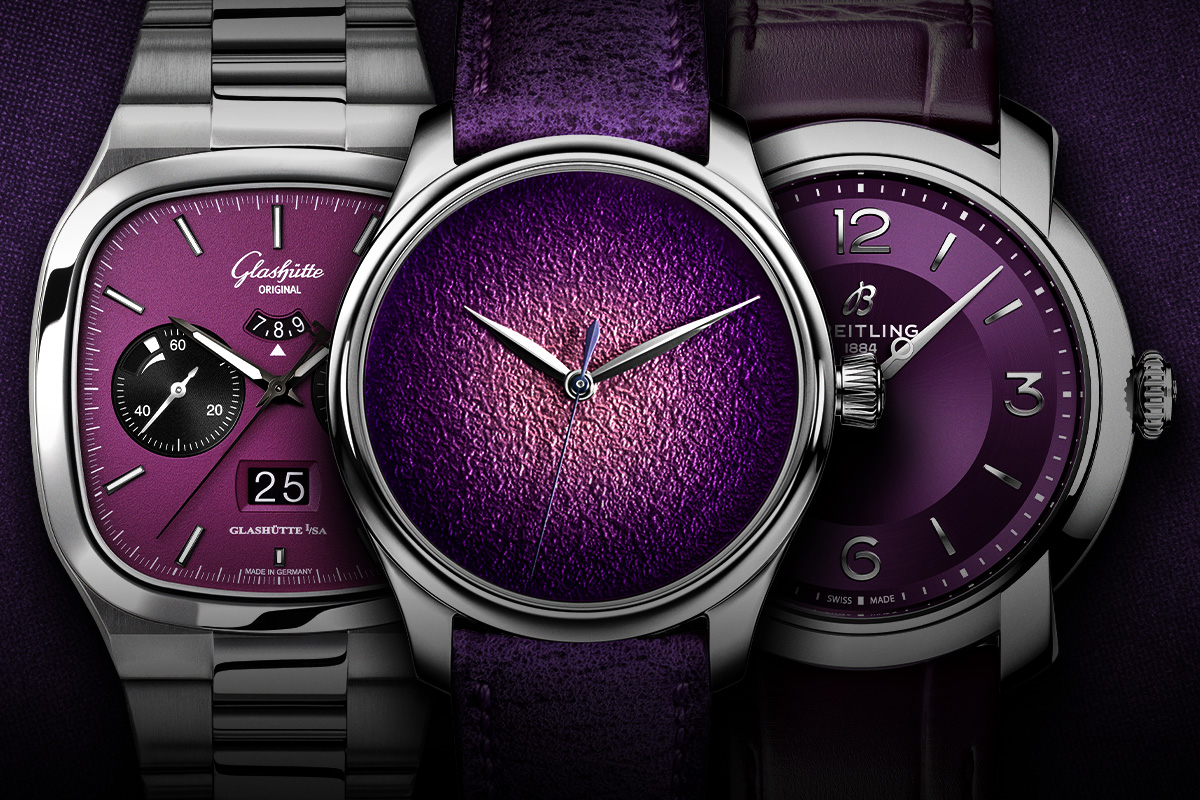
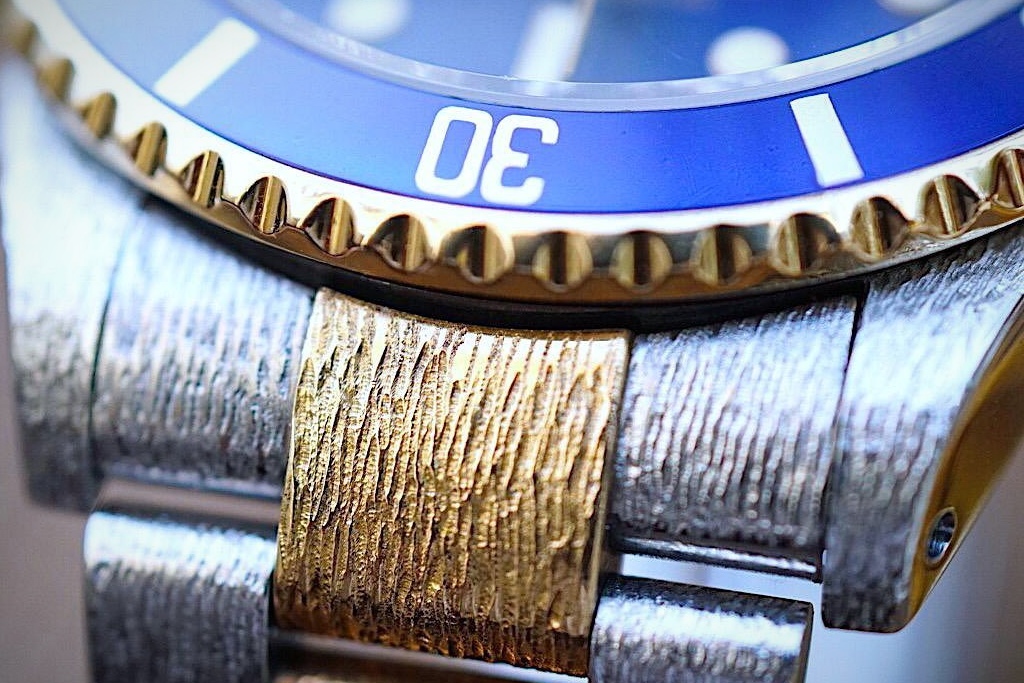
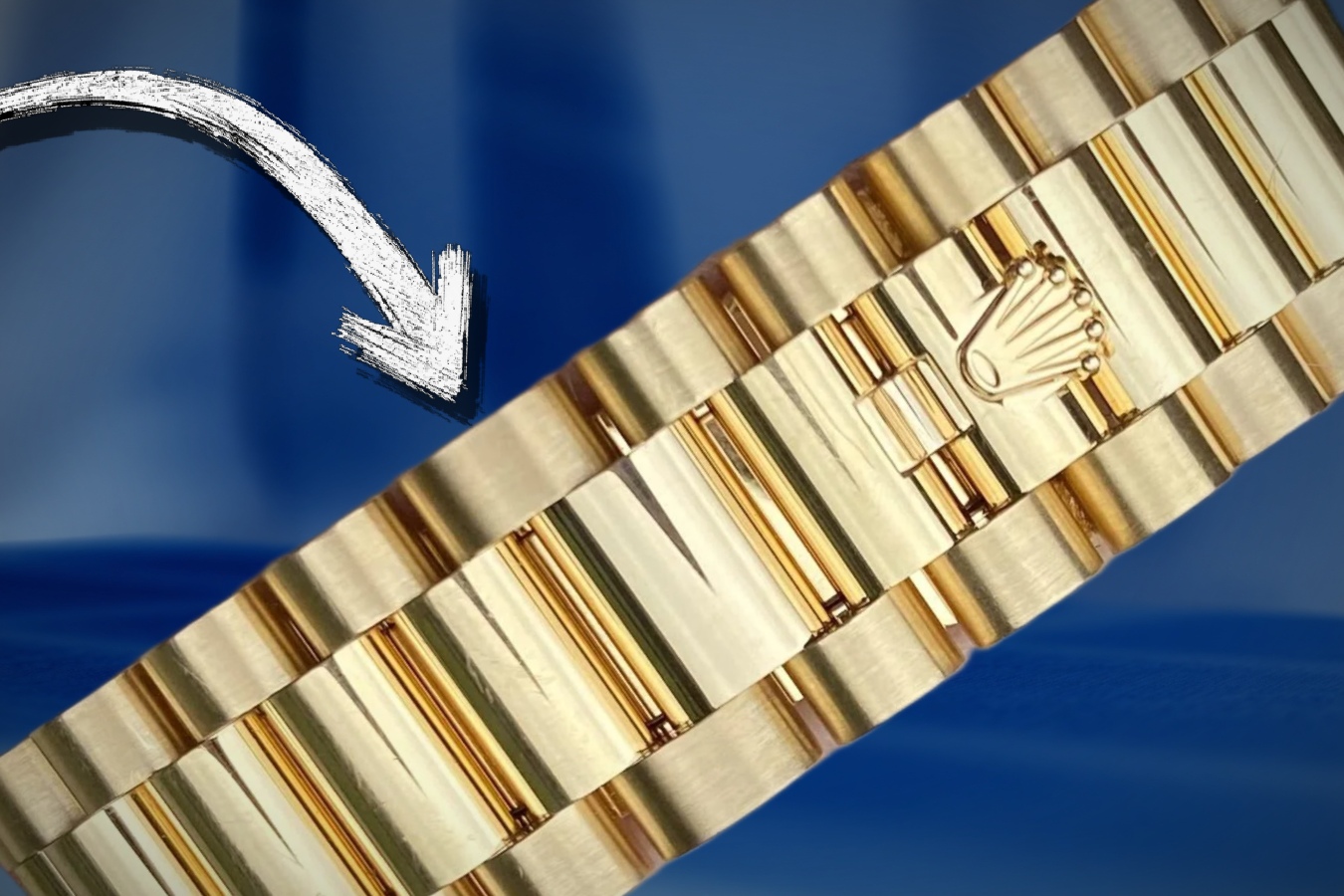


Leave a Reply